Article Structure & Content:
Introduction Hook:
Start with a compelling statistic about how much homeowners spend on professional repairs annually, then transition into how mastering these 11 contractor-recommended skills can save thousands of dollars while building confidence and home value.

1. Basic Plumbing Repairs: Unclogging Drains and Fixing Leaky Faucets
Description: Master the fundamentals of home plumbing to tackle the most common water-related issues. Learn to use a plunger correctly for different drain types, understand when to use a drain snake versus chemical solutions, and discover the step-by-step process for replacing faucet washers and O-rings. This skill includes identifying the main water shut-off valve, understanding basic pipe connections, and knowing when a problem requires professional intervention. Expert contractors emphasize that 80% of homeowner plumbing calls could be resolved with these basic techniques.
Practical Implementation:
- Keep essential tools: plunger, drain snake, adjustable wrench, plumber’s tape
- Always turn off water supply before repairs
- Start with simple solutions before progressing to complex ones
- Document what works for future reference

2. Electrical Basics: Safely Replacing Outlets, Switches, and Light Fixtures
Description: Understand fundamental electrical safety and gain confidence in basic electrical work that doesn’t require permits. Learn to identify circuit breakers, test outlets with a multimeter, and follow proper safety protocols including turning off power and using a voltage tester. This skill covers replacing standard outlets with GFCI outlets in bathrooms and kitchens, swapping out old switches, and installing new light fixtures. Contractors stress that proper safety procedures and knowing your limits can prevent both injury and code violations.
Practical Implementation:
- Always turn off power at the circuit breaker
- Use a voltage tester to confirm power is off
- Take photos before disconnecting wires
- Match wire colors and connections exactly
- Call professionals for any work involving the main panel
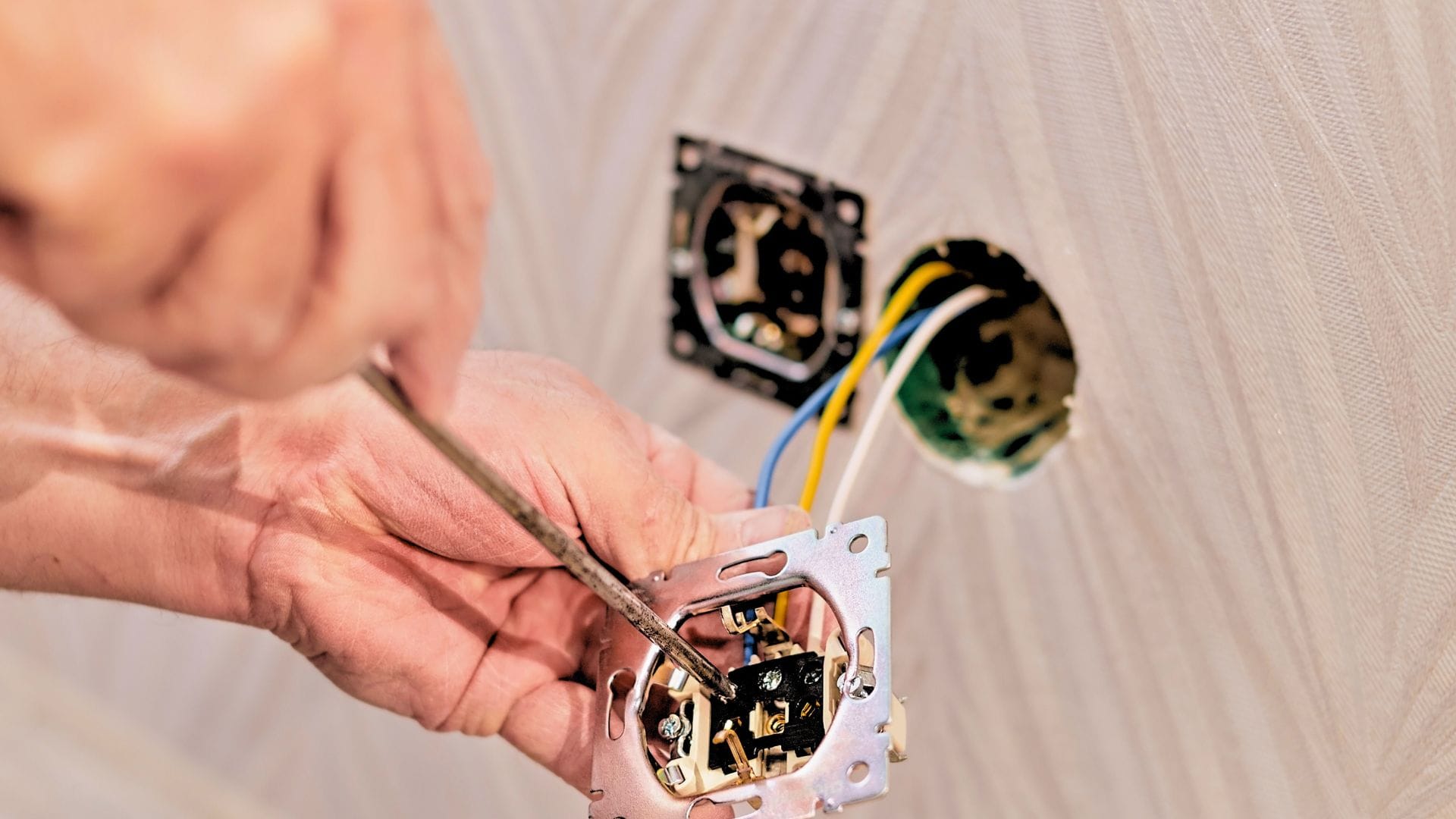
3. Professional-Quality Interior Painting: Walls, Trim, and Technique
Description: Transform your home’s appearance with contractor-level painting techniques that ensure long-lasting, professional results. Learn proper surface preparation including cleaning, sanding, and priming, understand paint types and when to use each, and master cutting-in techniques for clean lines without tape. This skill includes selecting quality brushes and rollers, understanding coverage calculations, and learning the correct sequence for painting rooms to minimize drips and ensure even coverage.
Practical Implementation:
- Invest in quality brushes and rollers
- Always prime properly prepared surfaces
- Use the “cut-in then roll” technique
- Work in manageable sections while maintaining wet edges
- Apply thin, even coats rather than one thick coat
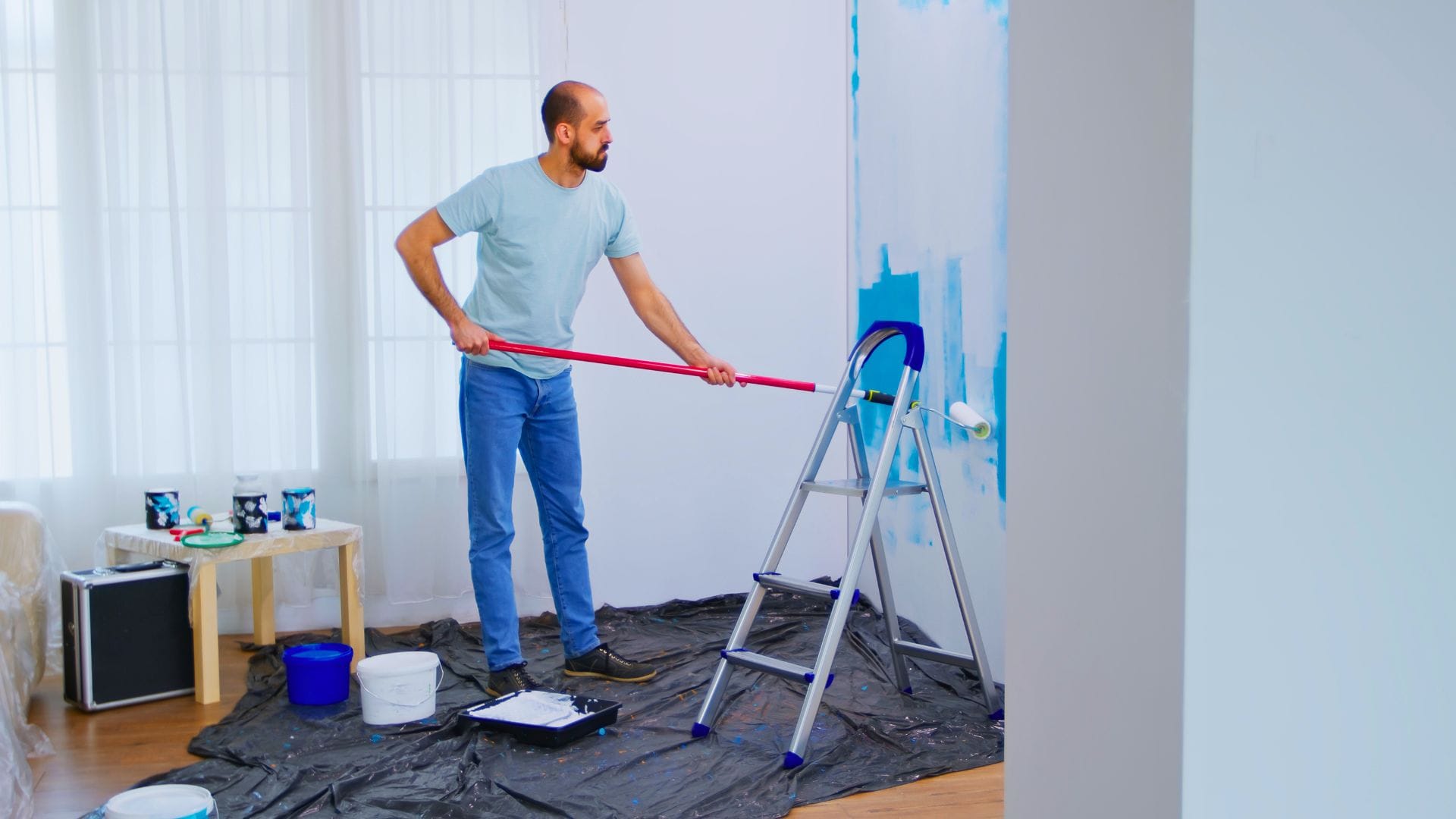
4. Caulking and Sealing: Weatherproofing Your Home Like a Pro
Description: Master the art of caulking to prevent water damage, improve energy efficiency, and maintain your home’s appearance. Learn to identify areas that need sealing, select the right caulk type for each application (silicone vs. latex vs. polyurethane), and develop the technique for smooth, professional-looking bead application. This essential skill prevents costly water damage in bathrooms, kitchens, and exterior areas while reducing energy bills through proper air sealing.
Practical Implementation:
- Remove old caulk completely before applying new
- Use painter’s tape for clean lines on large gaps
- Cut caulk tube tip at 45-degree angle for optimal flow
- Tool the bead with a damp finger or caulk tool immediately
- Allow proper cure time before exposure to moisture
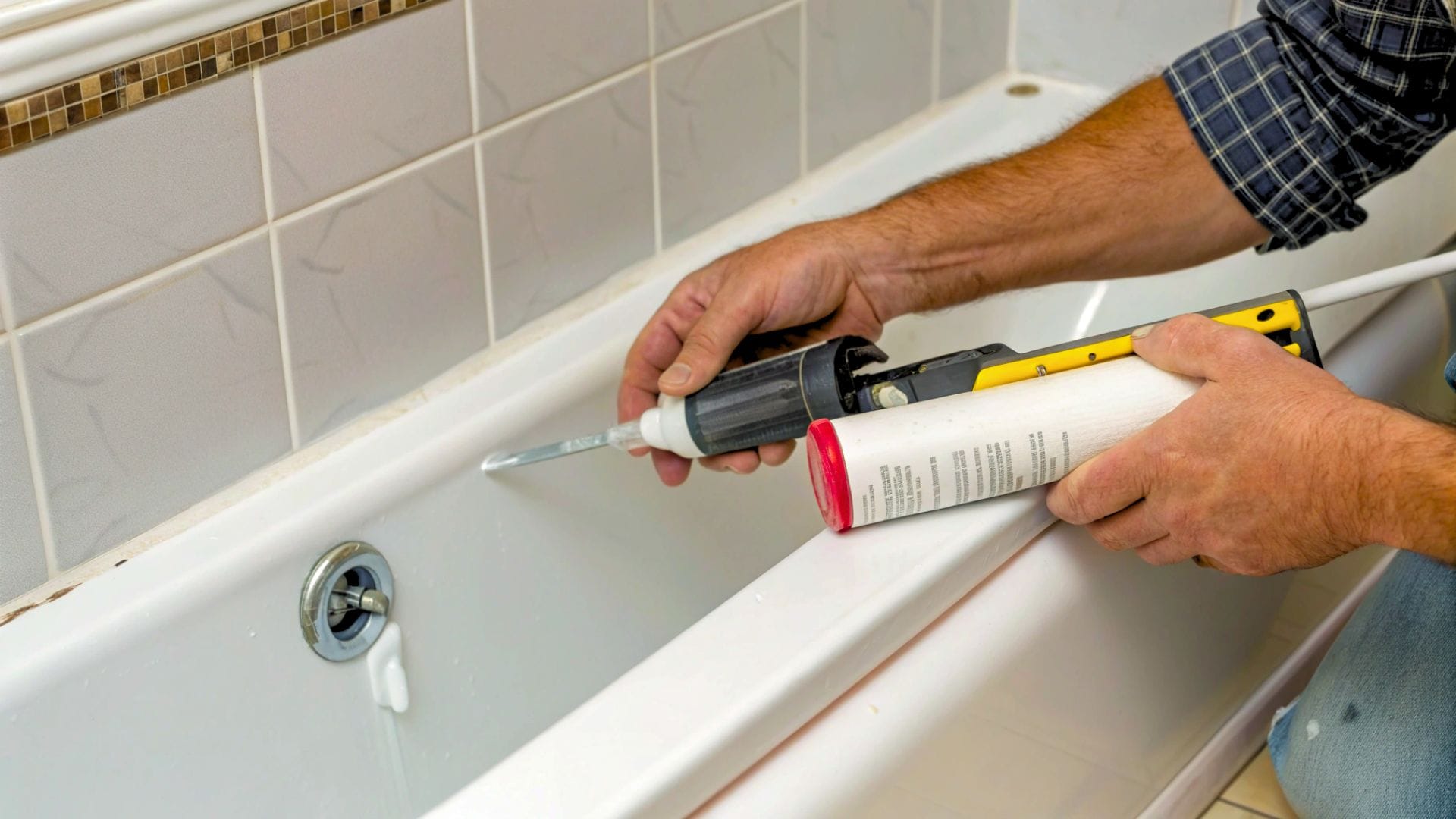
5. Essential Carpentry: Using Power Tools Safely and Effectively
Description: Build confidence with fundamental carpentry skills and power tool operation that form the foundation of most DIY projects. Learn proper techniques for measuring, marking, and cutting lumber, understand drill bit selection and screw types, and master the use of essential power tools including circular saws, jigsaws, and sanders. Contractors emphasize that understanding wood types, grain direction, and basic joinery techniques enables homeowners to tackle furniture repairs, build simple projects, and make home modifications safely.
Practical Implementation:
- Always wear safety equipment: glasses, hearing protection, dust masks
- Measure twice, cut once – verify all measurements
- Secure workpieces properly before cutting
- Choose the right tool for each specific task
- Maintain tools properly for safety and performance
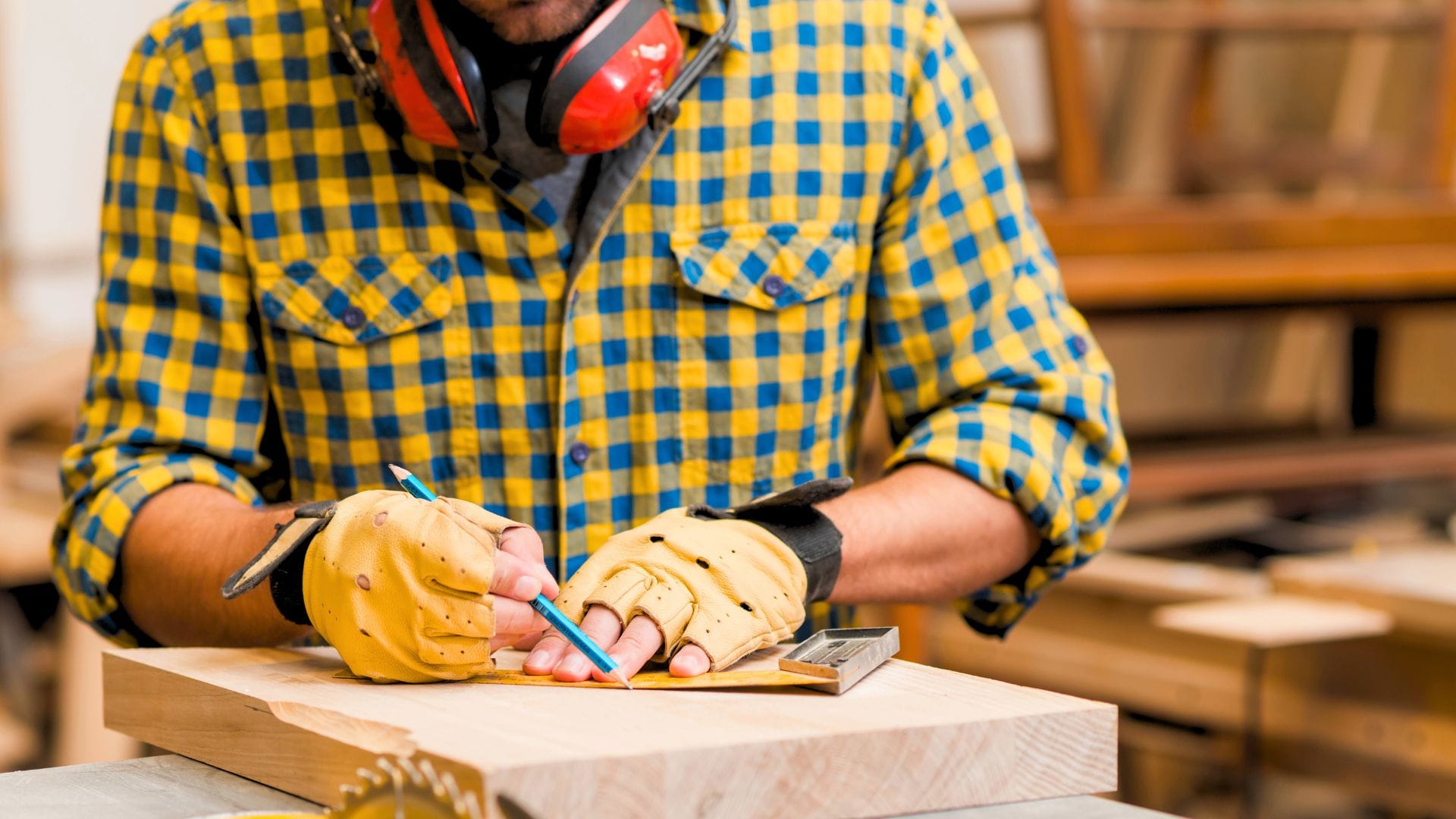
6. Drywall Repair: Fixing Holes, Cracks, and Damaged Surfaces
Description: Learn to repair common drywall damage from small nail holes to large gashes, saving hundreds on professional repairs. Understand different repair techniques for various hole sizes, master the art of applying joint compound smoothly, and develop skills in sanding and texturing to match existing surfaces. This skill includes understanding mesh patches versus traditional paper tape methods and knowing how to prime and paint repaired areas for invisible results.
Practical Implementation:
- Use spackling for holes smaller than a nail
- Apply mesh patches for holes up to 6 inches
- Use the three-coat method: base, skim, final
- Sand between coats with appropriate grit sandpaper
- Prime repaired areas before painting
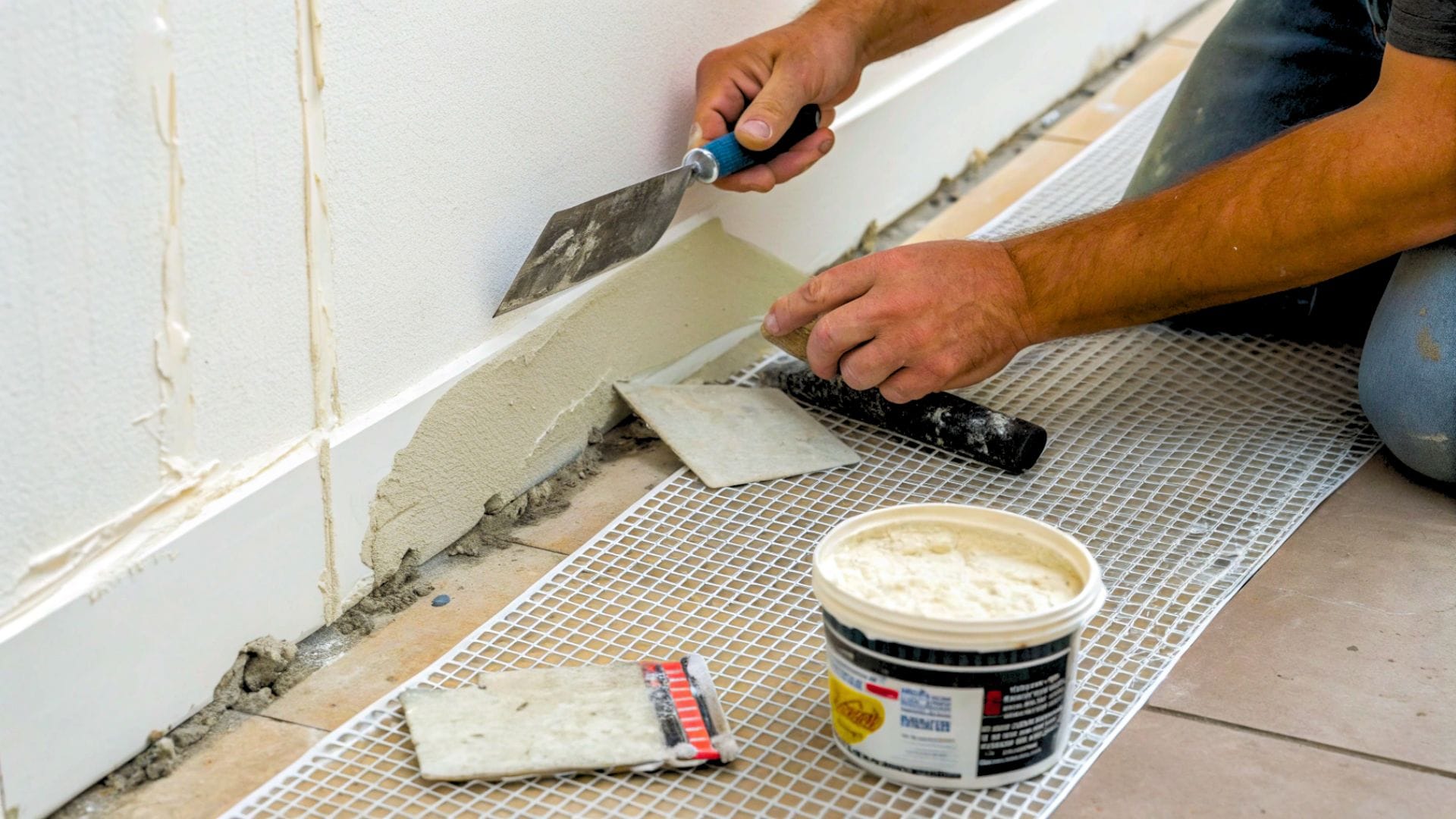
7. Weather-stripping and Insulation: Boost Energy Efficiency
Description: Significantly reduce energy bills by properly sealing your home against air leaks and adding insulation where needed. Learn to identify common air leak locations, select appropriate weather-stripping materials for doors and windows, and understand basic insulation principles for attics, basements, and crawl spaces. Contractors report that proper air sealing can reduce heating and cooling costs by 15-30% while improving overall comfort.
Practical Implementation:
- Use a smoke pencil or incense to identify air leaks
- Choose weather-stripping based on gap size and location
- Seal electrical outlets and switch plates on exterior walls
- Add foam gaskets behind outlet covers
- Focus on the biggest leaks first for maximum impact
8. Tile Repair and Replacement: Bathroom and Kitchen Maintenance
Description: Extend the life of tiled surfaces by learning to replace cracked or damaged tiles and regrout areas showing wear. Understand how to carefully remove damaged tiles without affecting surrounding areas, select matching replacement tiles and grout, and master the techniques for proper tile cutting and installation. This skill prevents water damage behind tiles and maintains the attractive appearance of your most-used rooms.
Practical Implementation:
- Use a grout removal tool for clean tile extraction
- Save original tiles or take samples when tile shopping
- Allow adhesive to cure fully before grouting
- Clean grout lines thoroughly before applying new grout
- Seal grout lines after curing for longevity
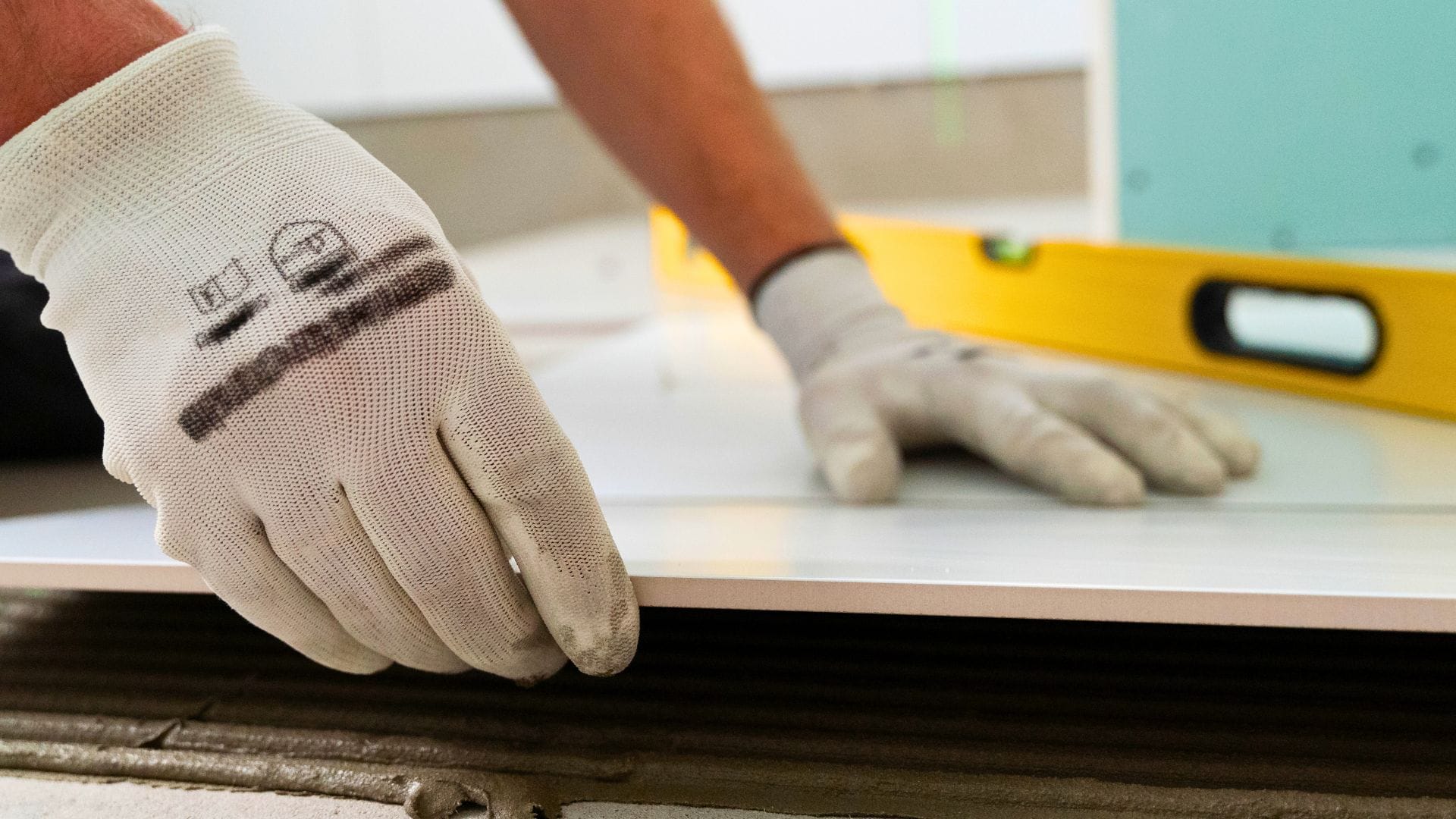
9. Gutter Cleaning and Basic Maintenance: Protect Your Foundation
Description: Prevent expensive foundation and roof damage by maintaining your home’s gutter system effectively. Learn safe ladder techniques, understand proper gutter slope and drainage patterns, and develop skills for clearing clogs, tightening loose connections, and identifying when gutters need professional attention. Regular gutter maintenance prevents water damage that can cost thousands in foundation and basement repairs.
Practical Implementation:
- Clean gutters twice yearly: spring and fall
- Use proper ladder safety: 4-to-1 rule, three points of contact
- Check downspouts for proper water flow and direction
- Tighten loose brackets and seal minor leaks
- Install gutter guards in problem areas
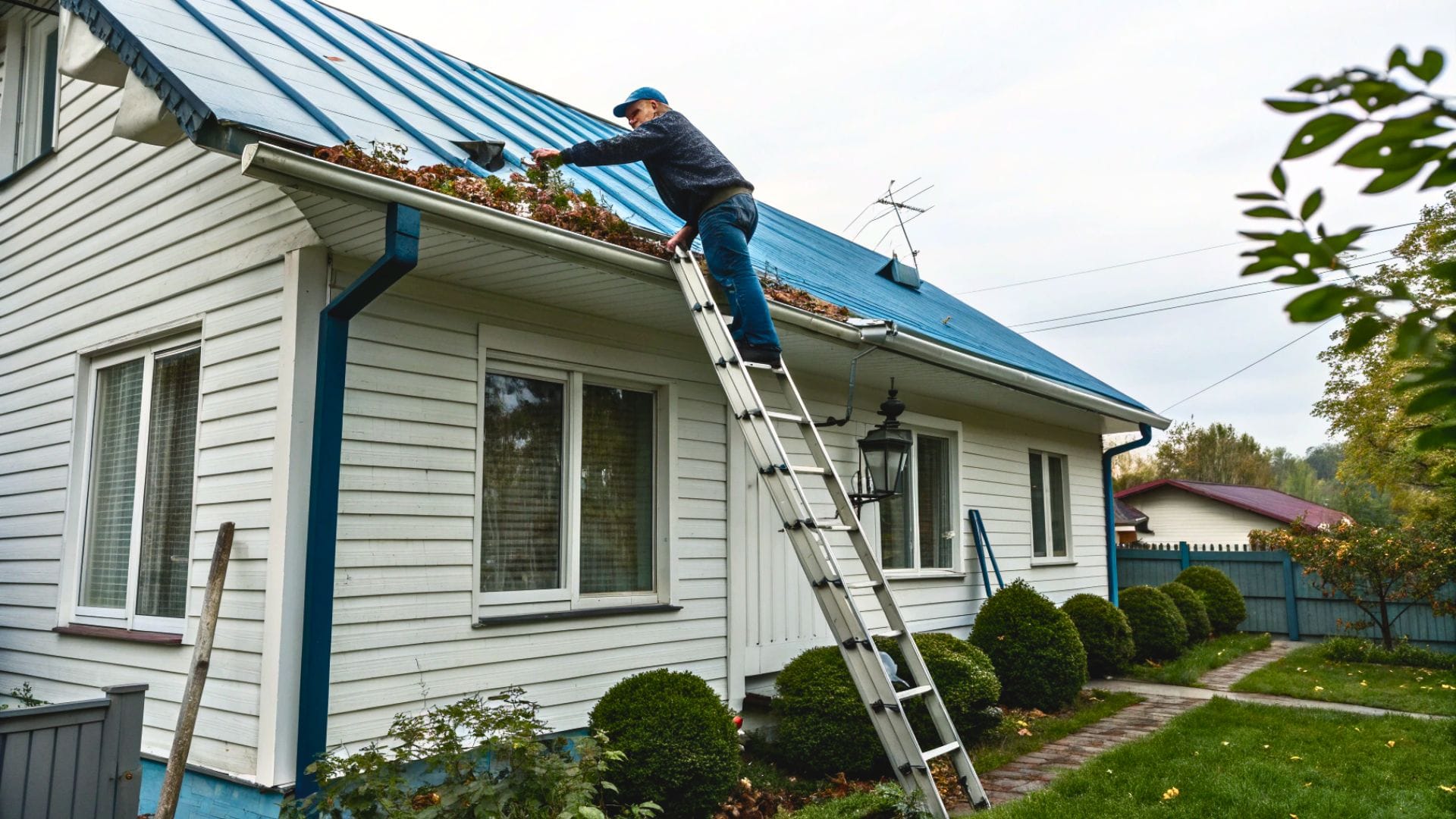
10. Basic HVAC Maintenance: Filters, Vents, and System Care
Description: Keep your heating and cooling system running efficiently through simple maintenance tasks that prevent expensive breakdowns. Learn to change filters properly and on schedule, clean supply and return vents, check for duct leaks, and perform basic troubleshooting of common HVAC issues. Contractors emphasize that regular maintenance can extend system life by years while maintaining optimal energy efficiency.
Practical Implementation:
- Change filters every 1-3 months depending on type and conditions
- Keep outdoor units clear of debris and vegetation
- Check thermostat settings and battery replacement
- Listen for unusual sounds that indicate needed repairs
- Schedule professional maintenance annually

11. Door and Hardware Maintenance: Squeaks, Sticking, and Security
Description: Maintain smooth operation and security of doors throughout your home by addressing common issues like squeaking hinges, sticking doors, and loose hardware. Learn to adjust door hinges for proper alignment, lubricate moving parts effectively, and tighten or replace door handles, locks, and strikes. This skill includes understanding when doors need adjustment versus replacement and how to maintain security while ensuring easy operation.
Practical Implementation:
- Use 3-in-1 oil or white lithium grease for hinges
- Check hinge screws regularly and tighten as needed
- Adjust strike plates for proper door closure
- Test locks and deadbolts monthly for smooth operation
- Address sticking doors promptly to prevent damage
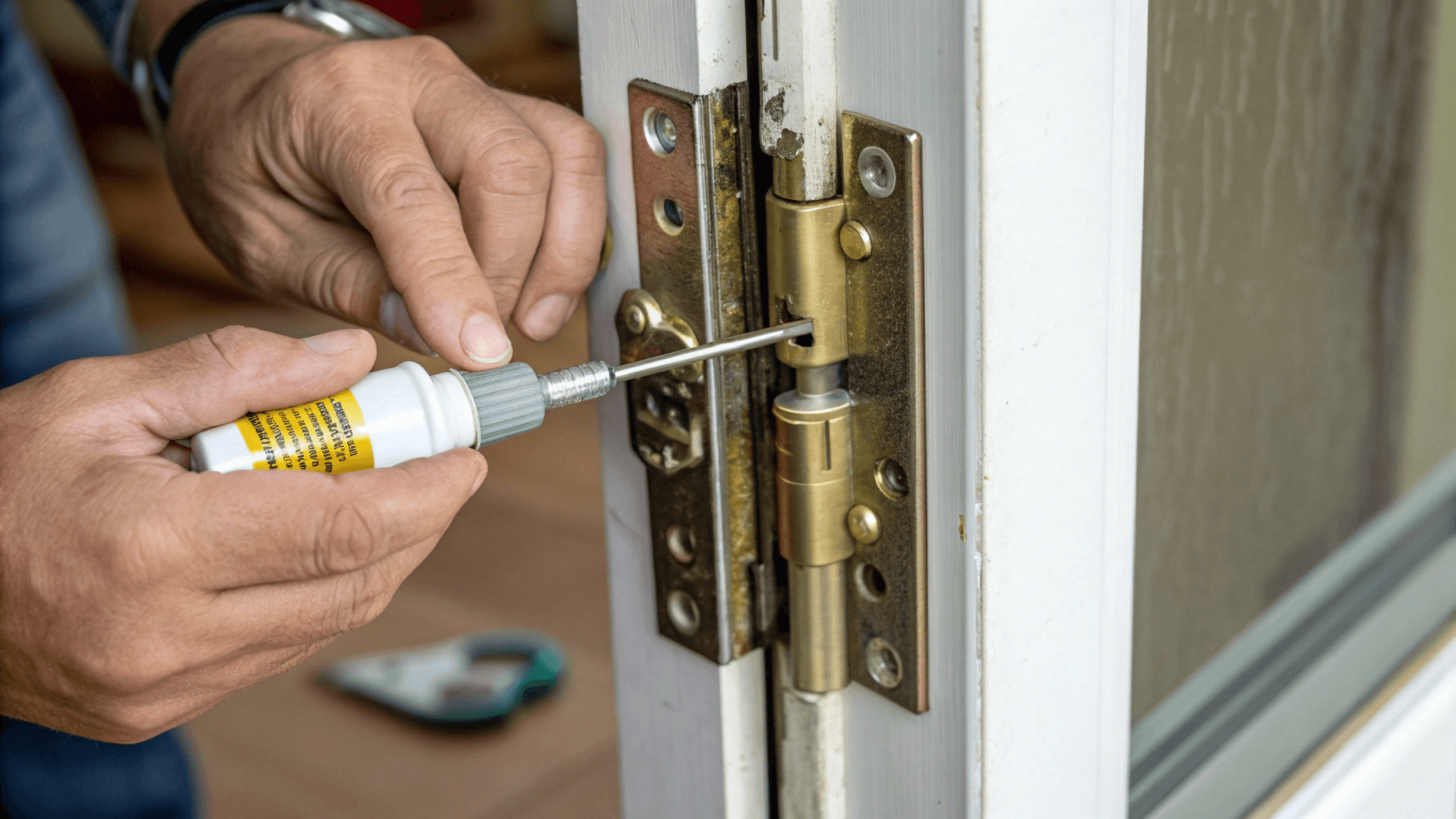
Final Thoughts (Conclusion Paragraph):
Mastering these 11 essential DIY skills transforms you from a homeowner who relies entirely on contractors to one who confidently tackles most maintenance challenges independently. Expert contractors consistently emphasize that these foundational skills form the backbone of successful home ownership, potentially saving thousands of dollars annually while building invaluable hands-on experience.The journey from DIY novice to capable homeowner doesn’t happen overnight, but each skill you master creates a foundation for the next, building both confidence and competence with every successful repair.
Remember that knowing your limits is just as important as expanding your abilities – these skills handle 80% of common home maintenance issues, while the remaining 20% often require professional expertise for safety and code compliance. Start with the skill that addresses your most pressing need, whether it’s that dripping faucet or the squeaky door that’s been annoying you for months. As you progress through these contractor-recommended techniques, you’ll discover that home maintenance becomes less intimidating and more rewarding with each completed project.
The investment in quality tools and materials pays dividends across multiple projects, making each subsequent repair more efficient and professional-looking. Most importantly, these skills don’t just save money – they provide the deep satisfaction of maintaining and improving your home with your own capable hands.

